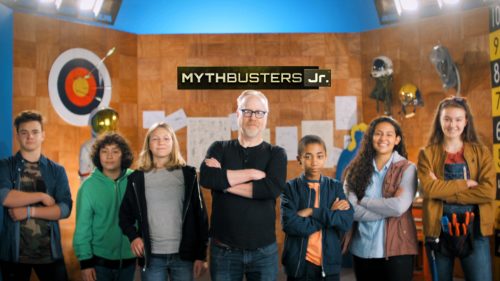Summer is just around the corner and kids will soon be starting their breaks from school. Making plans for thrilling summer adventures is certainly a must, but the blazing heat can sometimes get in the way. To make this season more enjoyable, here are five science experiments you can do at home with kids:
1. Dancing raisins
What you need: Raisins, Clear soda, and Clear glass
To make raisins come to life, fill the glass with warm and clear soda and drop the raisins in the glass. Raisins are denser than the soda which makes it possible for them to sink, but science explains that the soda’s air bubbles formed on the raisins’ bodies allow the fruit to float. When the bubbles disappear, the raisins will sink from the glass, as if they are dancing in the disco!
2. Hidden message
What you need: Lemon, Water, Paper, Cotton buds, Bowl, and Light bulb
Want to send a secret message? Mix lemon extract with droplets of water, dip a cotton bud in the mix that will serve as ink, and start writing your message in a clear white paper. When the juice dries up, the writing will become invisible like a hidden letter, and will only appear when heated above a light bulb. Due to its organic nature, lemon juice oxidizes and becomes brown when heated. Mixing it with water transforms it into an almost invisible substance and will only get revealed when put in high temperature.
3. Bouncing egg
What you need: Raw egg, White vinegar, and Bowl
Along with sports, science can similarly make an object bounce. When an egg gets soaked in vinegar for 72 hours, it can actually bounce from up to 20 cm above ground when the shell is removed. Since vinegar is a weak acid, it can peel off the shell without damaging insides of the egg. Eggs are made of calcium carbonate that reacts when exposed to acids like vinegar, turning the egg intact and rubbery enough to make it bounce.
4. Water cycle in a bottle
What you need: Plastic bottle, Plastic cup, Ice cubes, and Food coloring
The water cycle, where water evaporates and comes back as rain, can be bottled up in one science experiment. Mix a drop of food coloring inside the plastic bottle, fill up 1/3 of it with water, and close the cap. Turn the bottle upside down inside a cup, place a few ice cubes on top of the bottle, and place under a sunny location. After an hour, there will be water droplets in the upper part of the bottle, which resembles how the water cycle works on Earth.
5. Static electricity
What you need: Balloon
You might be getting a new temporary hairstyle in this scientific experiment. Try it by rubbing a balloon against your hair for a few seconds, and your hair will follow as you pull the balloon away afterwards. This happens because of static electricity, where negatively charged particles interact with positively charged particles.

This roster of easy experiments can make up for an exciting summer vacation, where young discoverers can experience the fun and magic of science. Further explore the fascinating world of science and tune in to Mythbusters Jr. on March 6, 9:00 PM on Discovery Channel. Witness Adam Savage along with six youthful myth busters as they test popular myths and legends using modern science.


4 Comments
Uważaj, żebyś przez nieuwagę nie stworzył czegoś wiekopomnego i na stałe wpisał się w cyfrowy świat internetu. :-)
Tak czytam twego bloga od jakiegoś czasu, ciągle mnie coś zastanawia, mie wyprowadzasz czytelnika do “ciemnego lasu”.
Fajnie, że są wyszukiwarki internetowe i takie portale w sieci jak Twój. Jest merytoryczny i lekko zabawny. Widać, że wkładasz wiele serca w każdy post. Dzięki!
Szata graficzna całkiem wporządku, przypadły mi do gustu blogowe kolory, podoba mi się :) zapraszam do siebie…